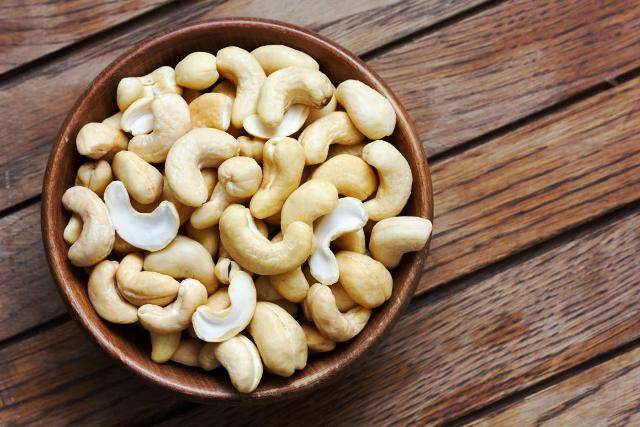
Dry fruits are one of the healthiest alternatives to fried or oily snacks and a great way to satisfy your food cravings in the winters. Dry fruits also provide you the much-needed nutrients, vitamins and warmth in the chilly winter season. They indeed are a quick and delicious way to get energy during a busy day.
No diet plan is complete without these super-healthy foods as they are filled with various nutrients as well as essential fats. Dry fruits also have many skin benefits and thus form a key ingredient in beauty products.
Today we will be discussing five dry fruits that should be incorporated in your winter diet plan.
Benefits of Dry Fruits
1. Almonds
Almonds are known as the ‘king of dry fruits’ as they full of essential fatty acids, fibre, and protein. They are a great natural source of zinc, vitamin E and selenium. Almonds are also known to support blood circulation, improve hemoglobin levels and decrease cholesterol levels and thereby, help in the prevention of breast and lung cancer. Almonds are very satisfying and that is why they are considered the perfect snack item for your healthy diet plan.
Almonds, when used in face packs, give your skin a shiny and radiant look, even in very dry winter days. They are also used in many medicines.

2. Walnut
Walnuts are undoubtedly one of the healthiest nuts, which is a must during the winter season. It contains omega-3 fatty acid, which is very good for your hair, especially when the climate is extremely dry. Walnuts help in lowering cholesterol levels, promote sleep, and are good for skin as well as hair. If you eat walnuts in winters, they will keep your body warm.
3. Figs
Figs are better known as Anjeer in India. They are full of minerals, vitamins, and fiber. Anjeer is a great source of vitamin A, vitamin B1, vitamin B2, iron, manganese, sodium, calcium, phosphorus, and chlorine. Figs are also rich in potassium which helps in controlling blood sugar.
These are excellent for people with diabetes problems as they help in reducing the amount of insulin required by diabetic patients. Figs are also used in the treatment of many diseases like asthma, constipation, indigestion, cough, and bronchitis. Consuming figs in winters proves to be very beneficial.

4. Cashew
Cashew nuts are another great dry fruit for the winters. They help in controlling cholesterol levels, high blood pressure, prevent migraines and if consumed in moderation helps in losing weight. Cracked heels are a common problem faced by many people during winters and here cashew nut oil help in nourishing their heels. Cashew nuts are rich in Vitamin E and have anti-aging properties that will keep you glowing in the dry winter season.
5. Pistachios
Last but not least is Pistachios. Pistachios are tasty green-colored nuts and are rich in vitamins and minerals like iron, calcium, magnesium, potassium, copper, and phosphorous. They also contain a good amount of Vitamin E and protect your skin from Ultra Violet rays that lead to premature aging and skin cancer. Pistachios are also laden with antioxidants, which prevent aging by neutralizing free radicals. They are the most unique nut as they contain carotenoids, lutein, and zeaxanthin.
To conclude, dry fruits are helpful in dealing with much-needed problems like cold & flu. In India, dry fruits are used in a number of dishes including sweets, cakes, and gravies. Hence eating dry fruits is a healthy practice, be sure to take it up this winter.
















